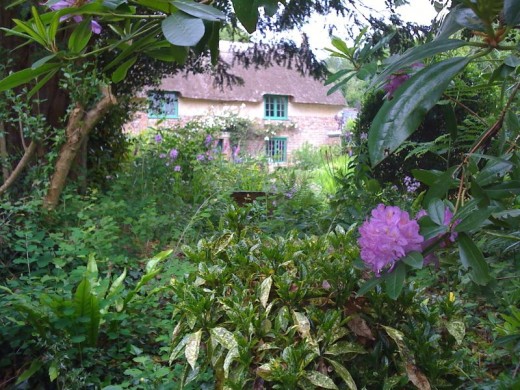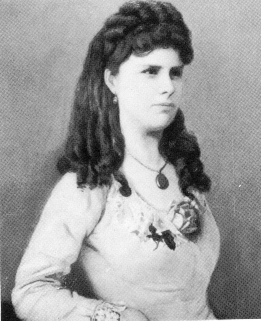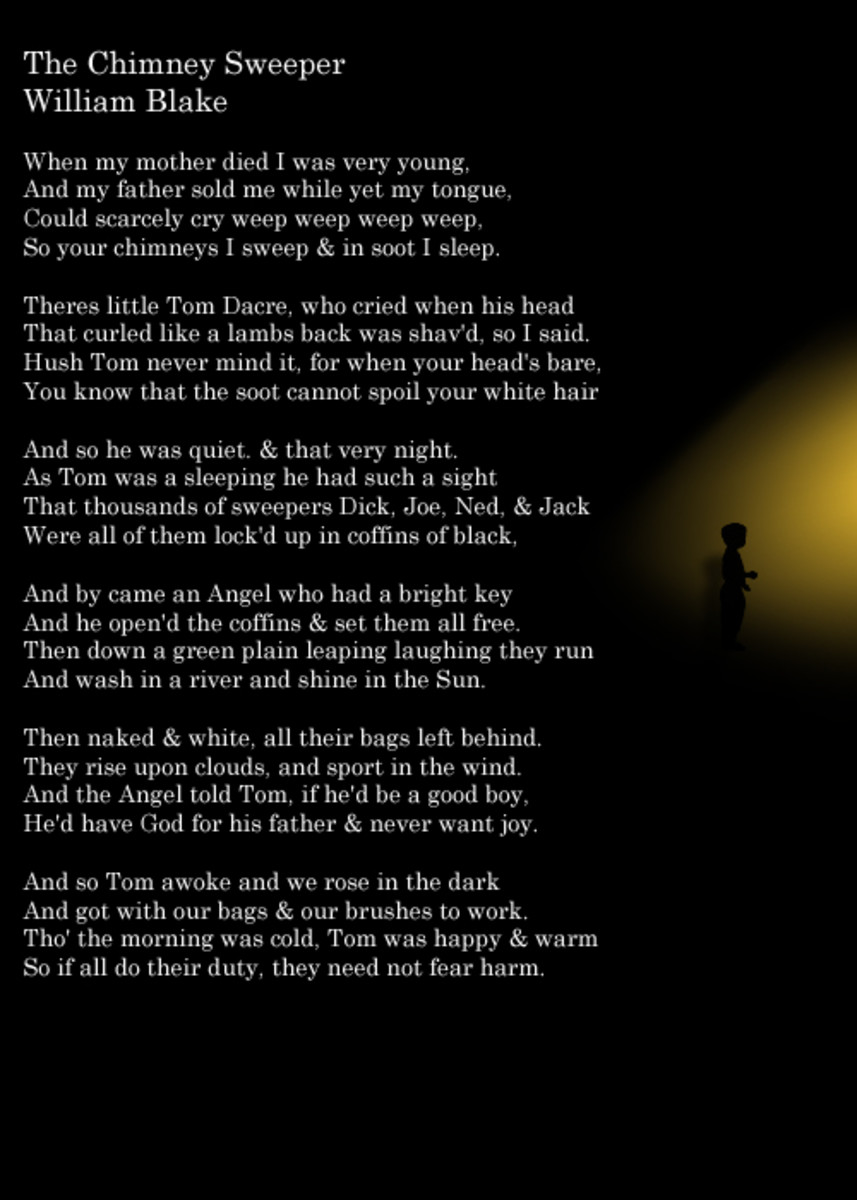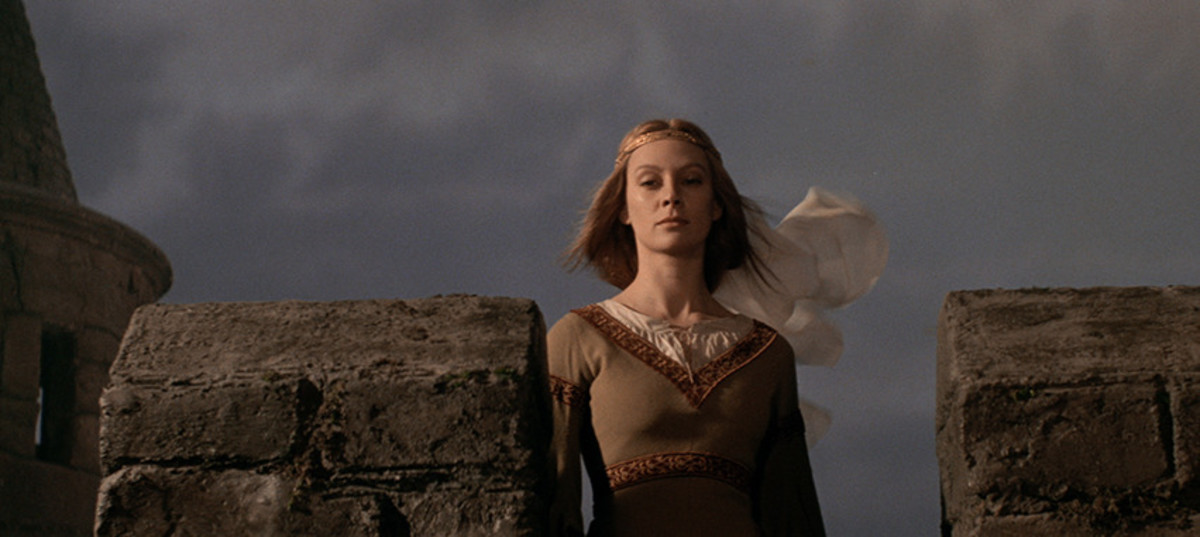Hardy’s Justified Pessimism During Wind and Rain

Hardy's Pessimism
During Wind and Rain is one of many poems in Thomas Hardy’s Moments of Vision. In Hardy’s words these are “poems [which] mortify the human sense of self importance by showing, or suggesting, that human beings are of no matter or appreciable value in this nonchalant universe” (Hardy viii). This view is epitomised in the poem During Wind and Rain where the characters travel predictably through their lives and appear to leave no lasting mark on the universe other than their names left carved in a tree.
The Poem During Wind and Rain
They sing their dearest songs--
He, she, all of them--yea,
Treble and tenor and bass.
And one to play;
With the candles mooning each face....
Ah, no; the years O!
How the sick leaves reel down in throngs!
They clear the creeping moss--
Elders and juniors--aye,
Making the pathways neat
And the garden gay;
And they build a shady seat....
Ah, no; the years, the years;
See, the white storm-birds wing across!
They are blithely breakfasting all--
Men and maidens--yea,
Under the summer tree,
With a glimpse of the bay,
While pet fowl come to the knee....
Ah, no; the years O!
And the rotten rose is ripped from the wall.
They change to a high new house,
He, she, all of them--aye,
Clocks and carpets and chairs
On the lawn all day,
And brightest things that are theirs....
Ah, no; the years, the years;
Down their carved names the raindrop plows.
During Wind and Rain
The poem begins with young and carefree characters as “They sing their dearest songs” (1). The use of the word “play” in line four grants the stanza a light-hearted feel. “With the candles mooning each face” (5) lends a halo effect, which indicates youth and innocence. The seventh line alters the tone of the stanza dramatically. “How the sick leaves reel down in throngs” (7), describes the advent of a storm using the action of wind. Just prior to a storm the wind will pick up, and blow loose leaves from trees. In this scene the leaves aren’t just loose, they are sick, hinting at something far more ominous. Decay has already begun in the carefree lives of Hardy’s characters. Using the word ‘reel’ (a lively song or dance) mimics and mocks the carefree singers in the first few lines by associating them with ‘sick leaves’.
In stanza two, the subjects build their lives by “Making the pathways neat / And the garden gay” (10-11). “And they build a shady seat” (12) has them constructing a home, and family. Yet, on the horizon the threat of the storm grows nearer as “white storm-birds wing across” (14). Hardy reminds us that no matter what we do to protect ourselves, time will march closer to an end, and the universe will do as it pleases.
In stanza three the characters go about their lives and by using the word ‘blithely’ Hardy interjects his philosophy that they are unaware of their ultimate end. “With a glimpse of the bay” (18) the characters are privy to the oncoming storm and yet, they are unconcerned as the “pet fowl come to the knee” (19), and they feed the birds as they advance in years. Finally the storm breaks; “And the rotten rose is ript from the wall” (21). Where the leaves were “sick” in the first stanza, now the roses are dead and rotten, and being ripped away as their lives end. Hardy illustrates that his characters’’ lives are no more important than mere flowers in the grand scheme of the universe.
“They change to a high new house” infers that the characters have moved on to an afterlife. While belongings are often set out on a lawn temporarily on a moving day, these belongings are “On the lawn all day” (25) which intimates an after-death auction. Possessions are as transitory as life and are simply recycled. The universe places no sentimental value on them. The final line; “Down their carved names the rain-drop ploughs” (28), confirms the only memory left of the characters is their names carved in a tree.

Structure
The poem’s structure is relatively regular and stable, yet little inconsistencies prevent it from being rigid, and lend it more feeling. The rhyme scheme in all four stanzas flows in an abcbcba pattern with the sixth line of each stanza imperfect, and two of the six lines rhyming within themselves ;“Ah, no; the years O!” (6 and 20). Each of the sixth lines stands out; Hardy wants us to notice his lament about the passing years. Further structure is visible in parallelism from corresponding lines in each stanza. Every first line describes the action of the characters through the words “sing”, “clear”, “breakfasting”, and “change”. The second line in each stanza describes various stages of their lives which moves from “he and she” to “Elders and juniors”, to “men and maidens” and back to “he and she”. This progression creates the passing of time and by ending where they began, Hardy takes life through a cycle where we are all just victims of time. Each final line illustrates the advancement of the storm, or time; an inevitable progression .
The imagery of each last line is vibrant and contrasts with its stanza. The stanzas start out benign in their descriptions of life through pleasant imagery. The music and play of youth in the first stanza is interrupted with sick leaves reeling down. Storm birds in the last line of the second stanza contrast with the image of gardens and the cool calm creeping moss. The birds bring with them the vision of dark skies with multi layered clouds. The rotten rose being ripped from the wall, probably from the previous stanza’s garden, opposes the picture of summer fun and pet fowl domesticity. Raindrops ploughing through the carved names reminds one of a dreary day where rain takes over the “brightest things” strewn across the lawn. Through his imagery Hardy paints a portrait of contrast, and by limiting the startling final lines to one per stanza, the contrast is abrupt and effective.

Justified Pessimism
Perhaps this poem and its edge of regret and the cruel indifference of life grows from Hardy’s own regret of the death of his wife Emma. Years of estrangement prior to her passing left him with “grief for his own indifference” (Hardy ix) after her death. Yet prior to this Hardy frequently wrote about “the injustice of uncompensated, needless pain” (Hardy viii). It is a prevalent theme in many of his poems such as Neutral Tones, Where the Picnic Was, and The Voice. Hardy defends his pessimistic view in the preface Apology to Late Lyrics and Earlier by alleging that his pessimism “is, in truth, only such ‘questionings’ in the exploration of reality, and is the first step towards the soul’s betterment, and the body’s also” (Hardy 527) – a clear and logical justification for his pessimism.
Works Cited
Wordsworth, ed.The Wordsworth Poetry Library; The Works of
Thomas Hardy. Hertfordshire: Wordsworth Editions Ltd., 1995.




